CAEN Digitizer Whitepaper
As a result of its multi-year experience in electronic design for Nuclear Physics, CAEN offers a wide selection of digitizers to cover the most typical applications in Radiation Detection, from Research to Industry, like Nuclear Particle and Astroparticle Physics, Fusion Plasma Diagnostics, Homeland Security, Environmental Monitoring, and Medical Imaging.
The Digitizer represents the new digital revolution in setups from the lab to the large experiment, being able to replace multiple traditional modules (Multi Channel Analyzers, QDCs, TDCs, Discriminators, and others) with a single board.
The digitizer families provided by CAEN differ in sampling frequency, ADC resolution, number of analog channels, form factor, digital memory size, and other features as to overcome the limits of the detector’s classic analog acquisition chain.



